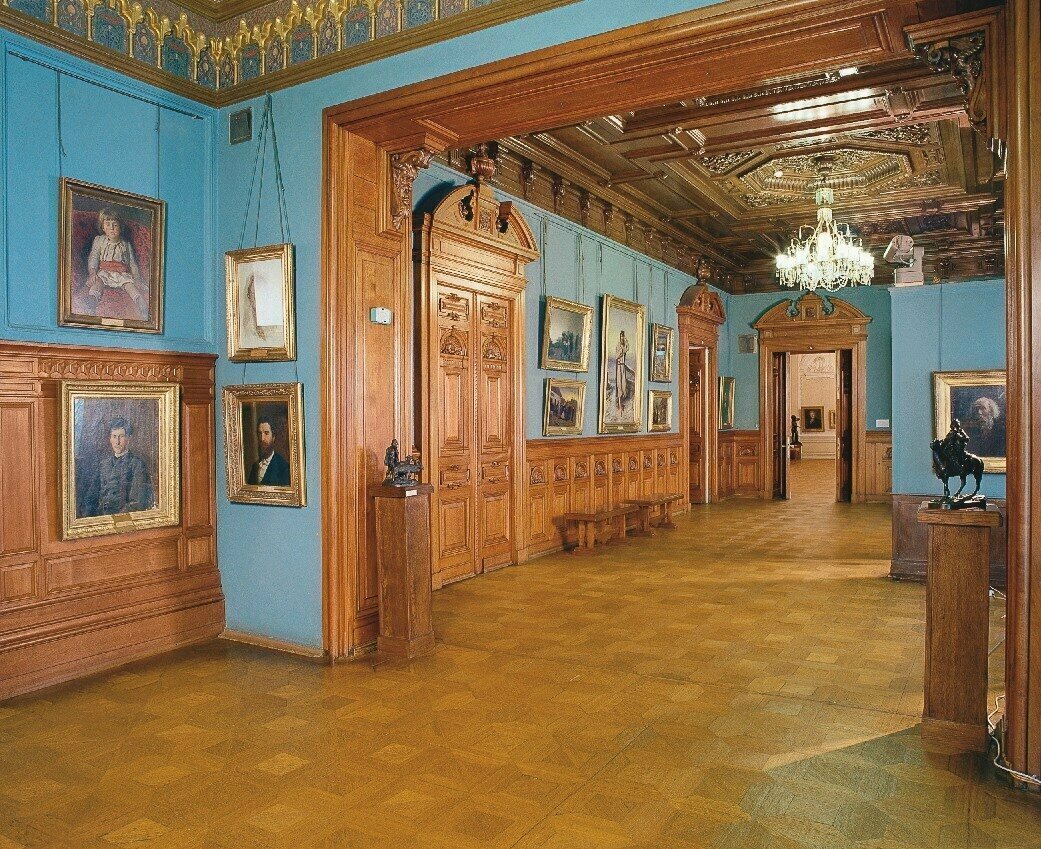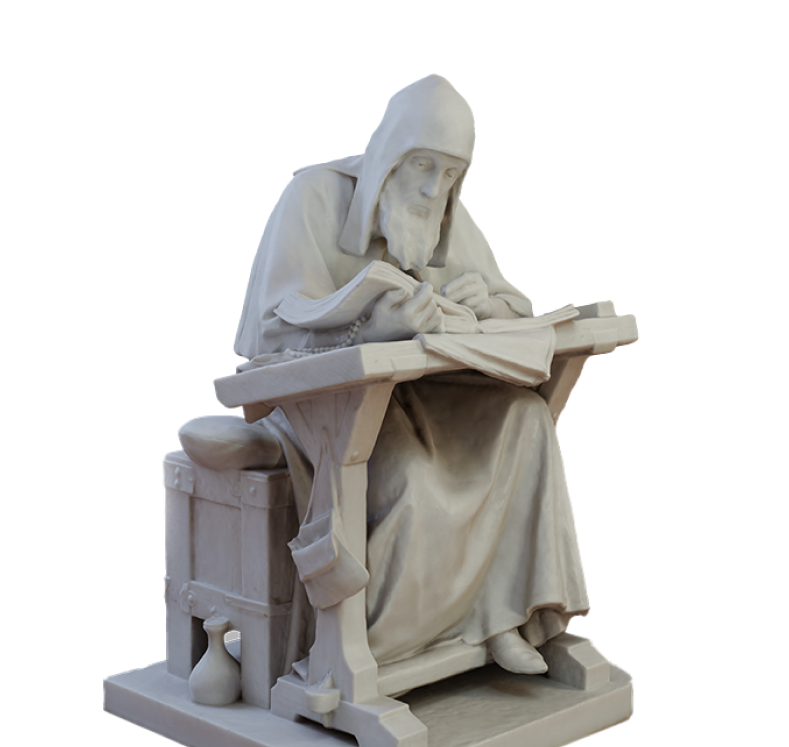EN
- UK
Sign in
Special project
Highlights of the sculpture collection at the Kyiv National Art Gallery
Kyiv National Art Gallery
Address
Contacts
Price
до 300 грн
Working hours
з 11.00 до 17.00 (вихідні: понеділок, четверг)



About the museum
The Kyiv National Art Gallery (KNAG) is one of the most significant art museums in Ukraine. In 2022, it celebrated its 100th anniversary since its establishment.
Not only is this museum one of the oldest in Kyiv, but it is also one of the most beloved. Its collection is one of the richest among art museums in Ukraine, featuring over 14,000 works of painting, graphics, sculpture, and decorative-applied arts.
The collection includes works by Mark Antokolsky (historicism era), Mykhaylo Vrubel (modernism), Sergiy Kononkov (symbolism), and Oleksandr Deyneka (social realism).
Tenderness, 1978
Tenderness sculpture: the embodiment of maternal love and eternal harmony
Her monumental work "Tenderness" from the collection of the Kyiv National Art Gallery (Inv. No. Sk-245. 1978. Granite. 93 x 36 x 59) embodies maternal tenderness and love. The figures are interconnected, as if demonstrating the primal physical connection between mother and child. Carved from a single granite block, the sculpture evokes associations with ancient Egyptian statues that symbolized the idea of the immutability of the world, and in this case, the immutability of eternal love and harmony, emphasizing the essence of motherhood, its timeless greatness, and sounding like an anthem to new life.
Read more

Read more
The Nude, 1916
Konyonkov and “Model”: Return to wood and plastic expressiveness of the image
Kononkov was one of the pioneering sculptors at the turn of the 19th and 20th centuries who turned to the depiction of the female nude. His sculpture "The Nude" (Inv. No. Sk-85, 1916. 156 x 43 x 38) marked a return to wood as a traditional sculptural material, which had been largely abandoned in sculpture during the 19th century. It also showcased the artist's mastery in achieving maximum plastic expressiveness in his work.
Read more

Read more
By the Sea, 1949
Deyneka's sculptures: From 'Bathing Woman' to 'By the Sea' - the evolution of craftsmanship
The appearance of the sculpture "By the Sea" (Inv. No. Sk-223. 1949. Wood. 180 x 50 x 55) was preceded by "The Swimmer" (created before 1944), which had a similar compositional scheme and was exhibited at an exhibition of six artists at the State Tretyakov Gallery in 1944. In Deyneka's archive, there are preparatory sketches for both sculptures, as well as photos where they are documented in the artist's studio and exhibition displays. The theme of bathers depicted in "the chaste nudity of antiquity" was developed quite often by the artist in his paintings during the 1930s.
Read more

Read more
Mask of the Libyan Lion, 1891
Mask of a Libyan lion: majolica by Vrubel from the Kyivan period
The "Mask of the Libyan Lion" (Inv. No. Sk-206. Model 1891–1892; made after 1899. Maiolica, colored glazes, regenerative firing. 45.5 x 44 x 22) was created during the Kyiv period of Mykhaylo Vrubel (1856 – 1910) and has its own unique history.
Read more

Read more
Nestor the Chronicler, 1892
The sculpture of Nestor the Chronicler: a masterpiece of historical authenticity by Antokolsky
The composition "Nestor the Chronicler" (Inv. No. Sk-41. 1892. Marble. 145 x 96 x 89) is also programmatic. While working on it, Antokolsky sought historical accuracy, consulted with historians, and carefully selected details of clothing and daily life to recreate the image of a monk from the Kyiv-Pechersk Monastery, the author of the lives of Saints Boris and Gleb and the "Tale of Bygone Years." Since its arrival at Fedor Tereshchenko's house, the sculpture has remained in place for over 130 years, as it is perhaps one of the heaviest pieces in the museum.
Read more

Read more
Spinoza, 1893
Spinoza sculpture by Antokolsky: 20 years of work and inspiration by the philosopher's ideas
Due to the complexity and depth of the character, Antokolsky considered "Spinoza" (Inv. No. Sk-40. 1893. Marble. 88 x 45 x 69) to be one of his best works. It took 20 years from conception to materialization. The sculptor traveled to the philosopher's homeland in the Netherlands, studied his image, biography, and philosophical works, and drew inspiration from his ideas. According to the artist's own words, he often repeated Spinoza's statement as a prayer before starting work: "I pass by human evil because it hinders me from serving the idea of God." Antokolsky noted that the statue made a strong impression on everyone who saw it.
Read more

Read more